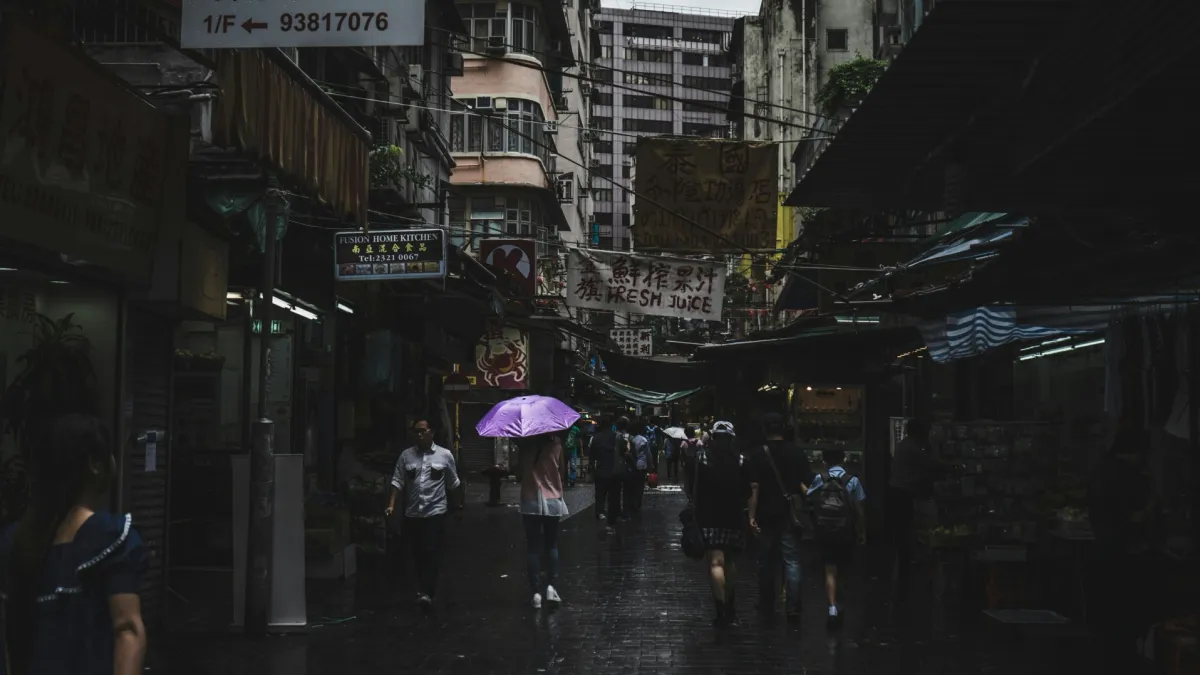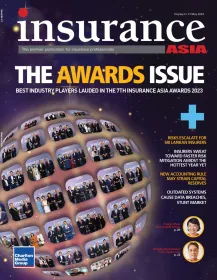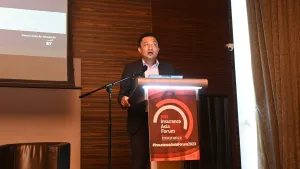
Global protection gap reaches $1.8t in 2022
Asia Pacific among emerging economies to witness improvement in natural catastrophe resilience.
The global protection gap, measured in premium equivalent terms, is estimated to be $1.8t for 2022, marking a 20% increase from $1.5t in 2018, Swiss Re reported.
Approximately 43% of global risk remained uninsured or underinsured in 2022, an improvement from 46% ten years ago.
While macroeconomic resilience strengthened in 2022 due to increased interest rates by central banks, it remains 15% weaker than pre-Global Financial Crisis (GFC) levels in 2007.
The current environment is characterised by elevated risk, with financial stability and recession risks becoming evident during the inflation-taming monetary tightening process.
Furthermore, persistent inflation highlights the need for financial support to counter the decline in households' purchasing power. We anticipate limited resilience improvement in 2023 and 2024.
According to Swiss Re’s natural catastrophe insurance resilience index, approximately 76% of global risk remained unprotected in 2022, with the largest protection gaps observed in emerging markets.
However, natural catastrophe resilience in the emerging Asia Pacific witnessed improvement.
Particularly in China, but declined in emerging EMEA (Europe, the Middle East, and Africa) and Latin America.
ALSO READ: Swiss Re secures $700m alternative capital deal with J.P. Morgan
While the global protection gap is expanding at a relatively slower pace compared to available protection, the situation is more critical in emerging markets.
On average, 95% of risk exposures in these markets remain uninsured, resulting in a significant disparity between the need for protection and the actual protection provided.
The growth of property insurance has failed to keep pace with the rapid economic growth and asset accumulation in these regions.
Health resilience, on the other hand, demonstrated promising strength at 78% in 2022, indicating improved living standards and healthcare alongside economic growth, particularly in emerging Asia.
However, mortality resilience remains low at 43%, suggesting that many households are vulnerable to the loss of their primary earner.
The global mortality protection gap reached a record high of $406b in 2022, driven by rising living costs and weaker financial markets.
While life insurance has contributed to enhancing protection levels in most countries, especially those with higher resilience, further efforts are required to address the existing gaps.











 Advertise
Advertise












